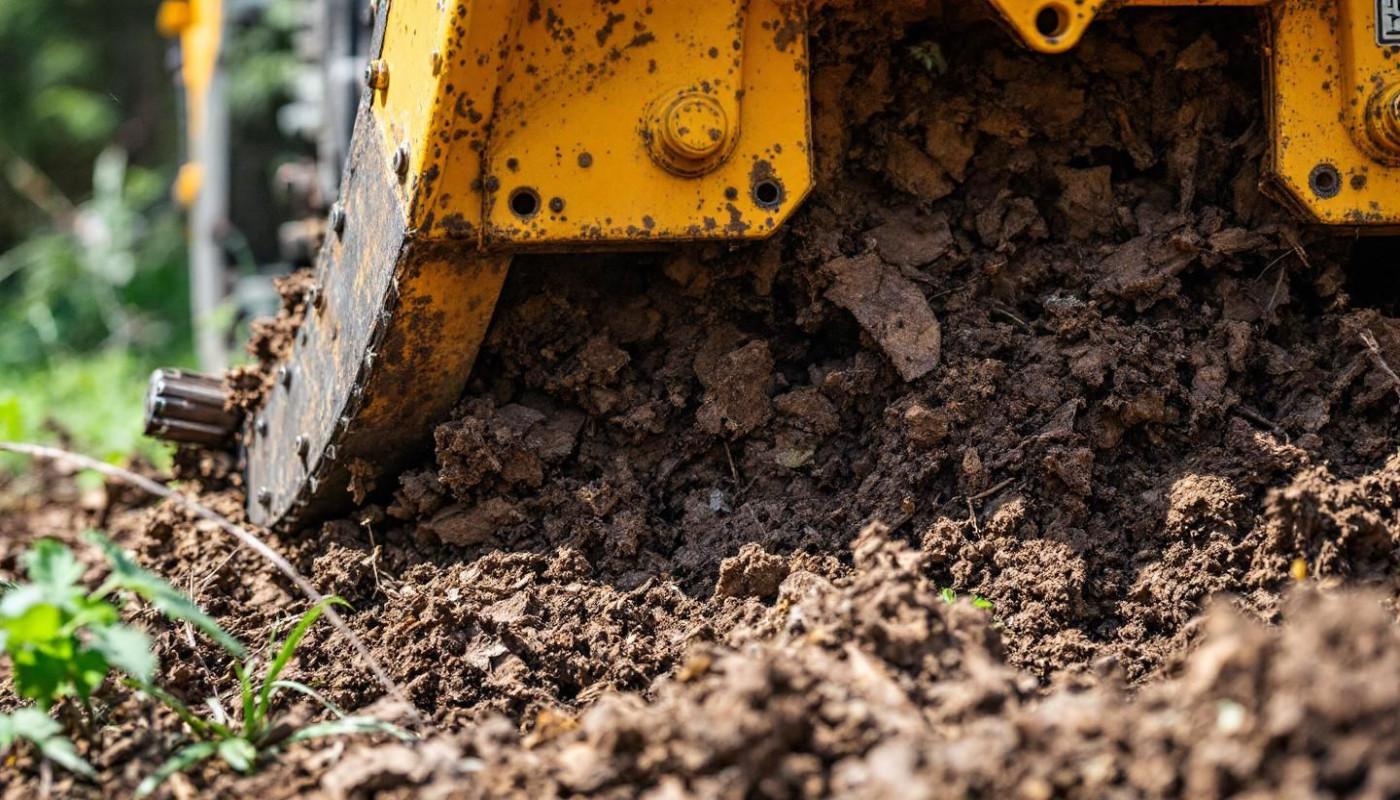Table of contents
The urbanization of today's world often presents the challenge of limited space. However, it need not deter you from nurturing your green thumb and enjoying the pleasure that comes with gardening. Enter micro-gardens, a revolutionary concept making big waves in small spaces around the globe. This ingenious solution embraces compactness without compromising on natural beauty or productivity, bringing sustenance and serenity right to your doorstep - be it a tiny balcony, roof terrace or indoor nook. Get ready to explore this exciting horticulture trend where less is truly more.
Understanding Micro-Gardening
The concept of micro-gardening is a revolutionizing trend in urban living, particularly in the context of limited spaces. It is a method of leveraging minimal square footage to yield substantial results, both aesthetically and sustainably - a practice often labeled as Container Gardening. This principle involves the strategic utilization of small spaces, such as balconies, windowsills, and rooftops, to cultivate a variety of herbs or vegetables.
At the heart of micro-gardening lies the ambition to generate a big impact from small spaces. By applying the principles of Micro-Garden Principles, homeowners can turn the tiniest of areas into productive green spaces. This not only contributes to sustainability but also enhances the aesthetic appeal of their living spaces.
The movement towards Urban Gardening Benefits extends beyond just beauty and sustainability. It fosters a connection with nature, promotes healthier eating habits, and can even serve as a therapeutic activity. Apartment dwellers who indulge in Small Space Farming can attest to the sense of satisfaction derived from growing their own food.
Micro-gardening also brings about the opportunity for indoor cultivation. Planting Herbs Indoors is a practical approach to year-round fresh produce, regardless of weather conditions outdoors. In a similar vein, the creation of Vegetable Gardens in Limited Spaces allows for a continuous supply of fresh, pesticide-free vegetables right in the heart of the city.
In brief, micro-gardening is an impactful, sustainable, and pleasing practice that is becoming increasingly relevant in urban settings. With careful planning and creativity, even the smallest of spaces can be transformed into a thriving mini-garden.
Designing Your Micro-Garden
When embarking on the exciting journey of designing your micro-garden, it's vital to consider the selection of suitable plants in accordance with the local climate and available sunlight. In other words, recognising what flora will thrive in your particular setting is a fundamental step. It is also vital to understand the amount of sunlight that your space receives daily. This will shape your decisions on what to plant, as certain species require specific light conditions to prosper.
Apart from these elements, strategic optimization of vertical space is another key aspect of micro-garden design. This practice not only enhances the aesthetic appeal of your space but also opens up a world of growth opportunities. By taking advantage of vertical space, you can grow a greater variety of plants in a compact area. Whether using wall-mounted planters, hanging baskets or trellises, vertical gardening creates an enchanting, lush atmosphere in even the smallest of spaces.
Additionally, you may want to explore the innovative technique of hydroponics for your micro-garden. This method involves growing plants without soil, instead using a nutrient-rich water solution. Hydroponics offers numerous benefits, including faster growth rates and the ability to grow plants year-round, irrespective of external weather conditions. It's a testament to the vast potential of micro-gardens and their transformative impact on small spaces.
The Art of Maintenance
Understanding the right way of maintaining your micro-garden is of utmost significance. A major aspect of this involves the evaluation of watering needs. These needs can vary considerably based on the plant type and its location within the garden setup. For instance, areas with higher sun exposure could mean increased watering requirements. Therefore, it's paramount to accurately evaluate these needs to ensure plant health.
Another integral part of garden maintenance is pest control. Implementing effective pest control measures is key to safeguarding your garden from harmful invaders. From homemade remedies to commercial products, there's a range of options to choose from, depending on the severity and type of pest infestation.
Beyond pest control and watering needs, nourishing the soil fertility is also vital. Organic options such as composting can greatly enhance soil fertility and are a sustainable choice for micro-gardens. Composting not only reduces kitchen waste but also enriches the soil with nutrients, promoting healthy plant development. By understanding these techniques, you can fully embrace the micro-garden revolution, transforming small spaces into areas of big impact.
Similar

Choosing Between A Mulcher And A Chipper For Land Management?

Unveiling Secrets of Moon Gardening

